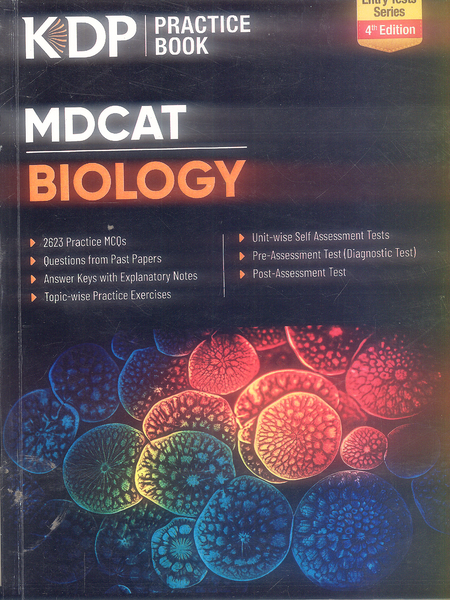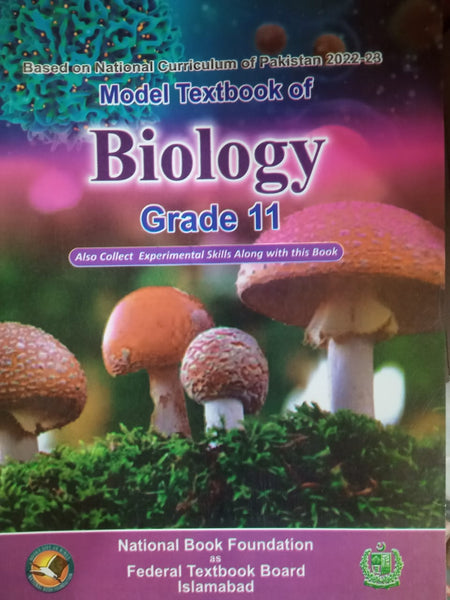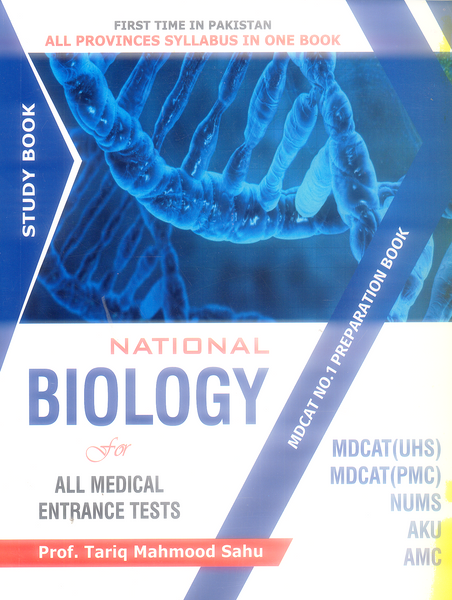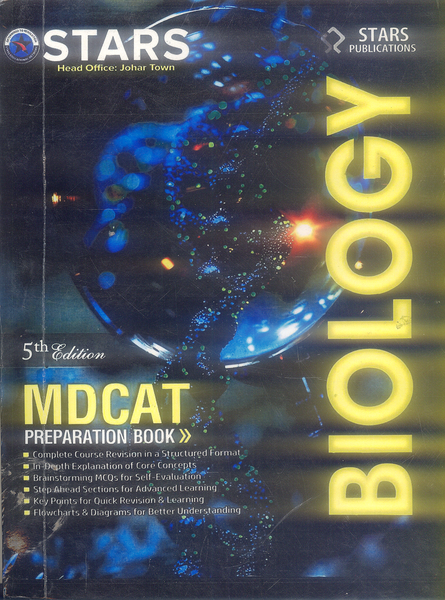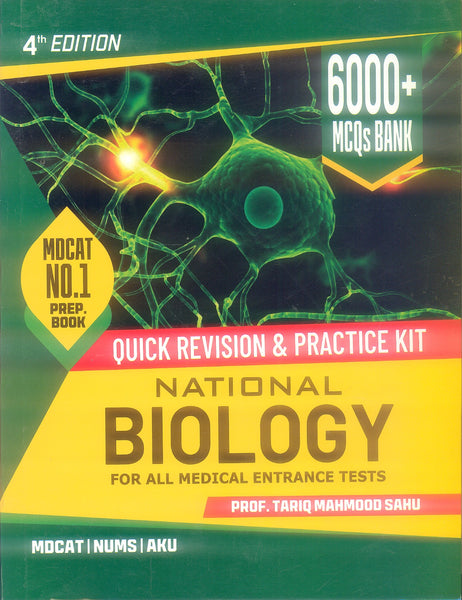Regulating with RNA in Bacteria and Archaea by Gisela Storz (Editor)
- Publisher: BIOLOGY
- Availability: In Stock
- SKU: 49154
- Number of Pages: 436
Rs.940.00
Rs.1,290.00
Tags: archaeal gene regulation , archaeal RNA , archaeal systems , bacterial gene regulation , bacterial physiology , bacterial RNA , bacterial systems , bacterial transcription , best books , Best Price , Best Selling Books , gene regulation mechanisms , gene silencing , Gisela Storz , Kai Papenfort , microbial gene control , microbial RNA regulation , ONLINE BOOKS , Online Bookshop , post-transcriptional regulation , Regulating with RNA in Bacteria and Archaea , regulatory RNA , RNA and microbiology , RNA binding proteins , RNA biology , RNA degradation , RNA in archaea , RNA in bacteria , RNA in cellular processes , RNA in gene expression , RNA in microorganisms , RNA interference , RNA networks , RNA regulation , RNA regulatory networks , RNA stability , RNA-based control , RNA-based mechanisms , RNA-mediated regulation , small RNA molecules , transcriptional regulation
📘 Title Name: Regulating with RNA in Bacteria and Archaea
✍️ Authors: Gisela Storz (Editor), Kai Papenfort (Editor)
📦 Quality: Black White Pakistan Print
🔹 Introduction:
This book explores the central role of RNA molecules in regulating gene expression in bacteria and archaea, highlighting recent discoveries and research developments in the field.
🔑 Key Points:
-
Covers the mechanisms and functions of non-coding RNAs in microbial regulation.
-
Discusses RNA-mediated responses to environmental changes in prokaryotes.
-
Essential for microbiology, molecular biology, and genetic regulation researchers.



